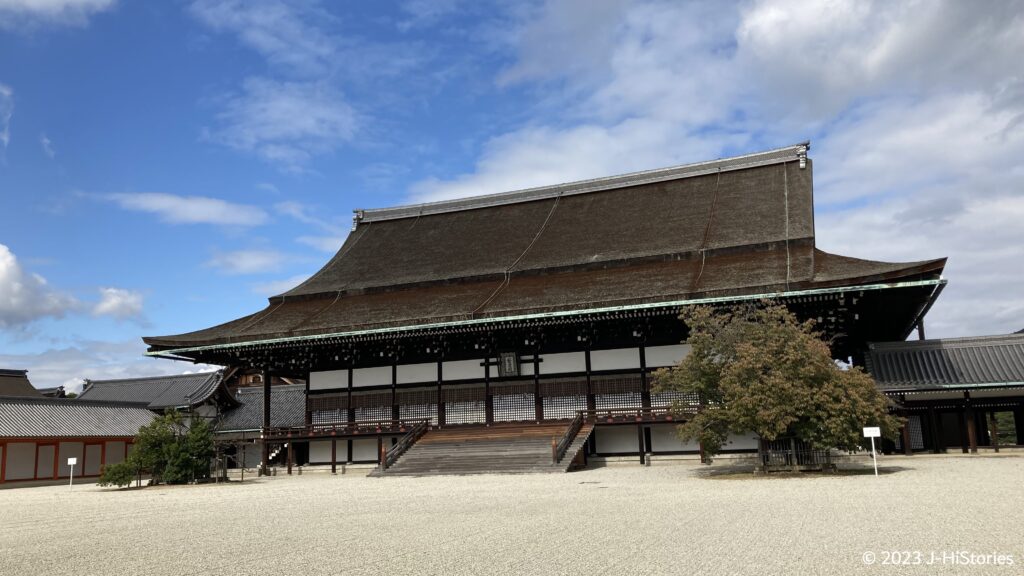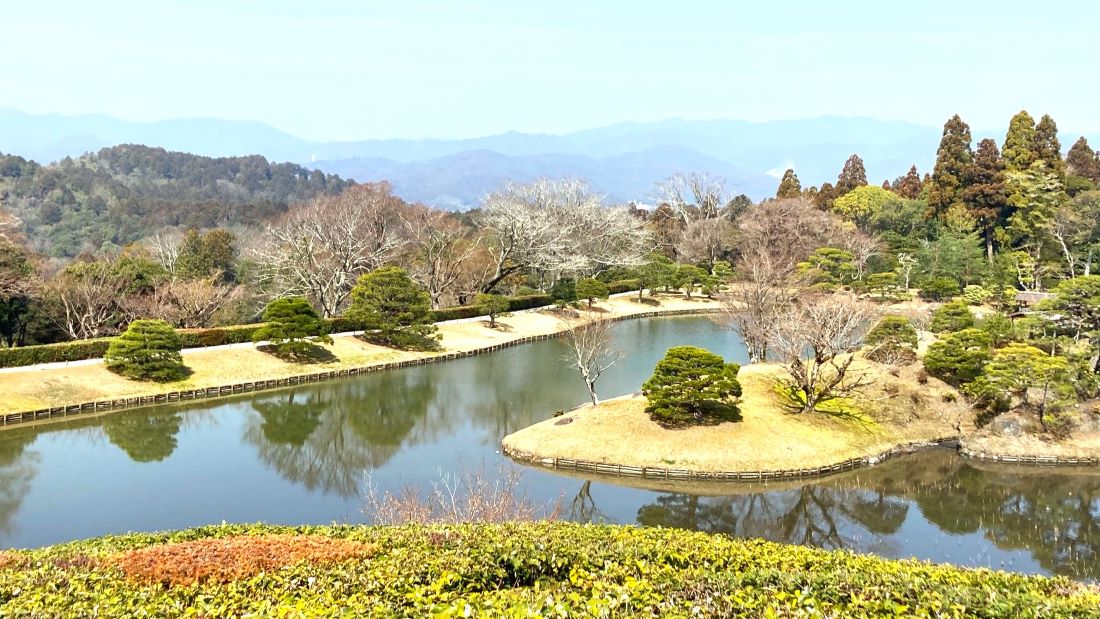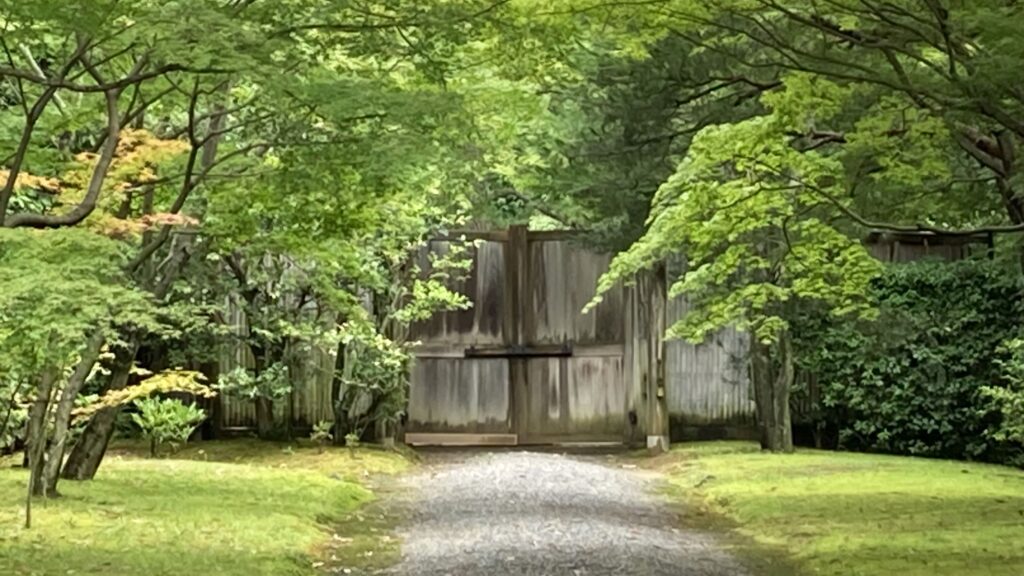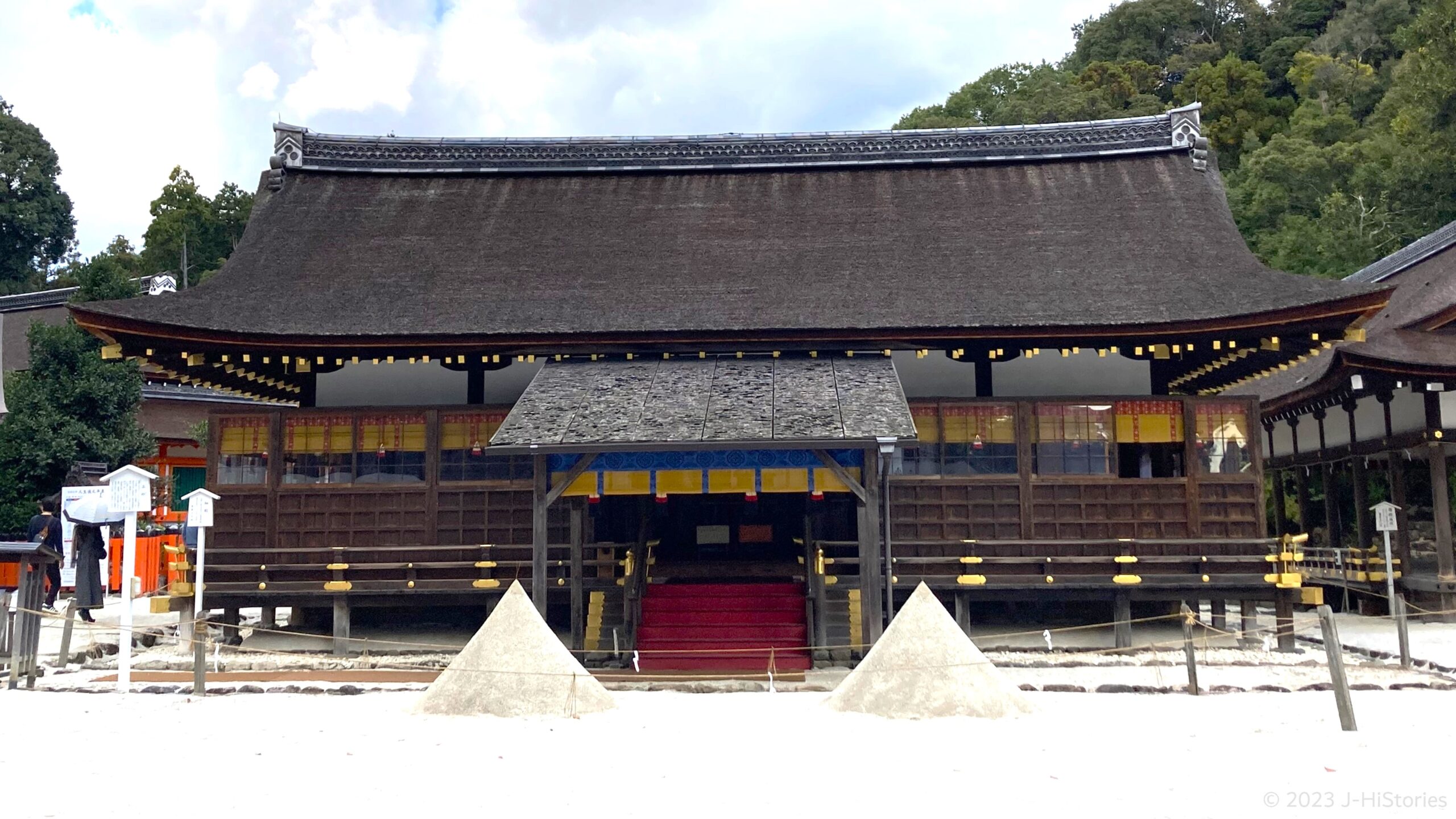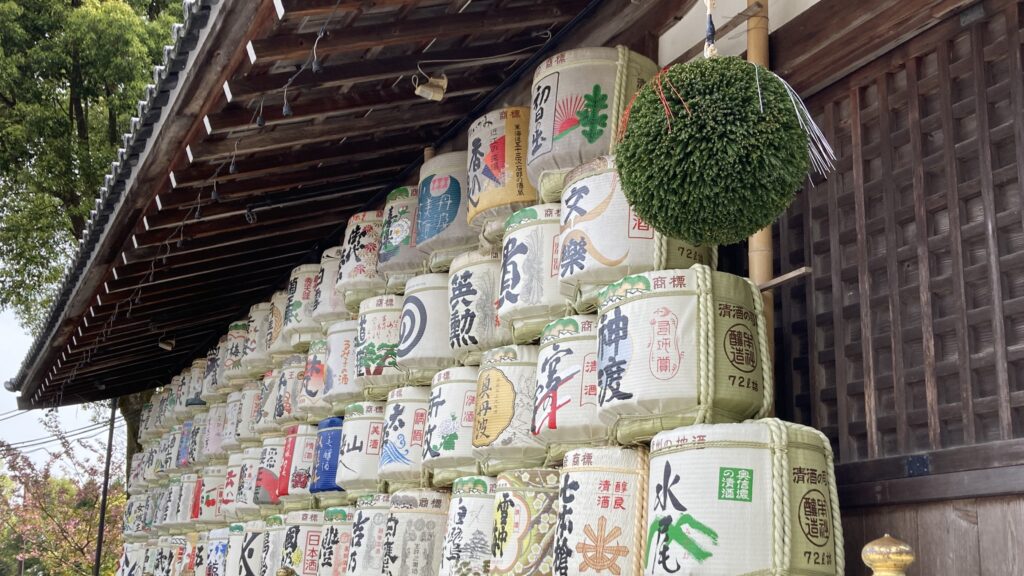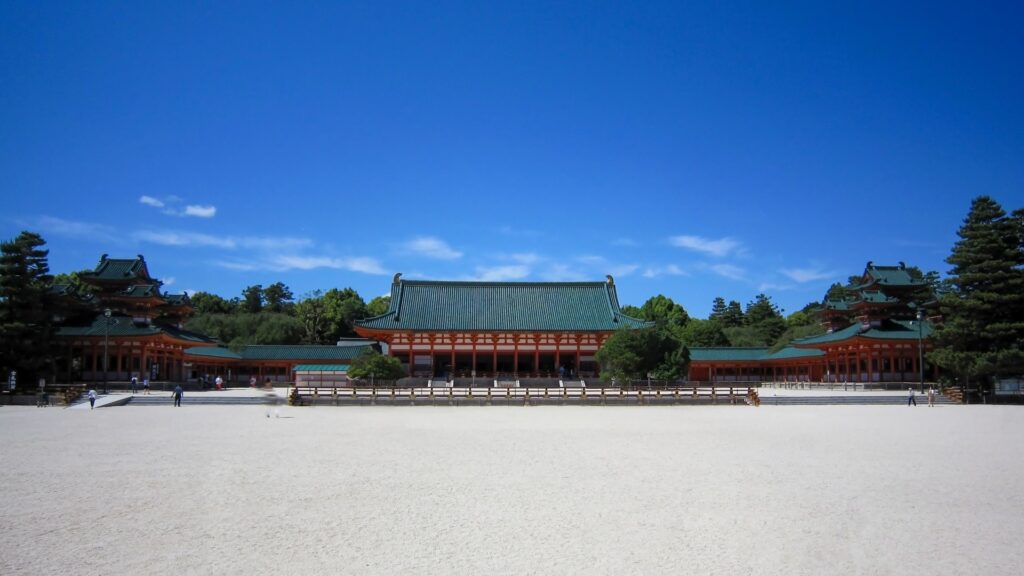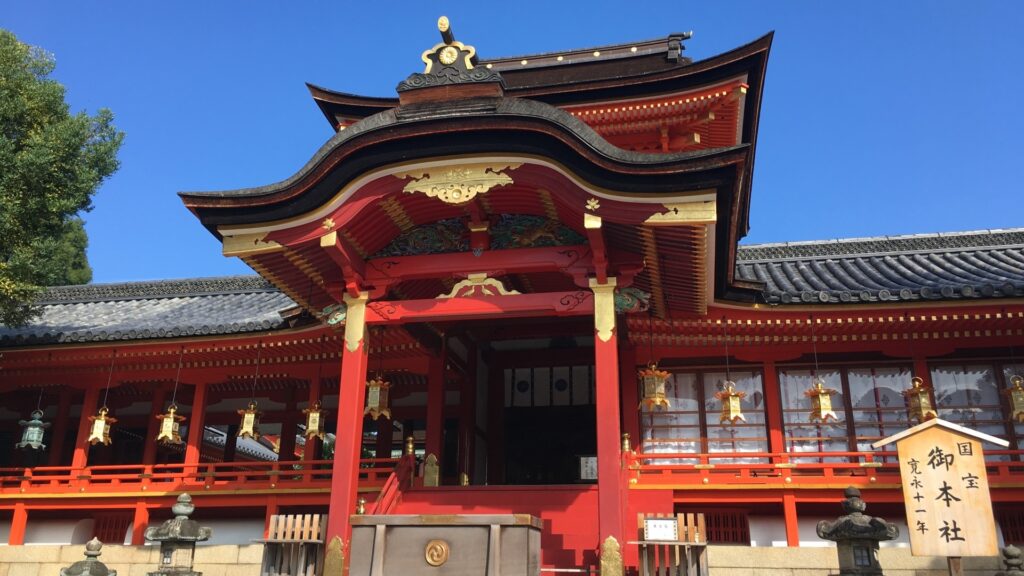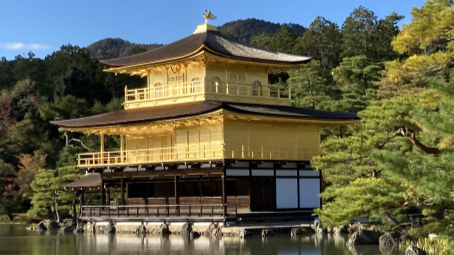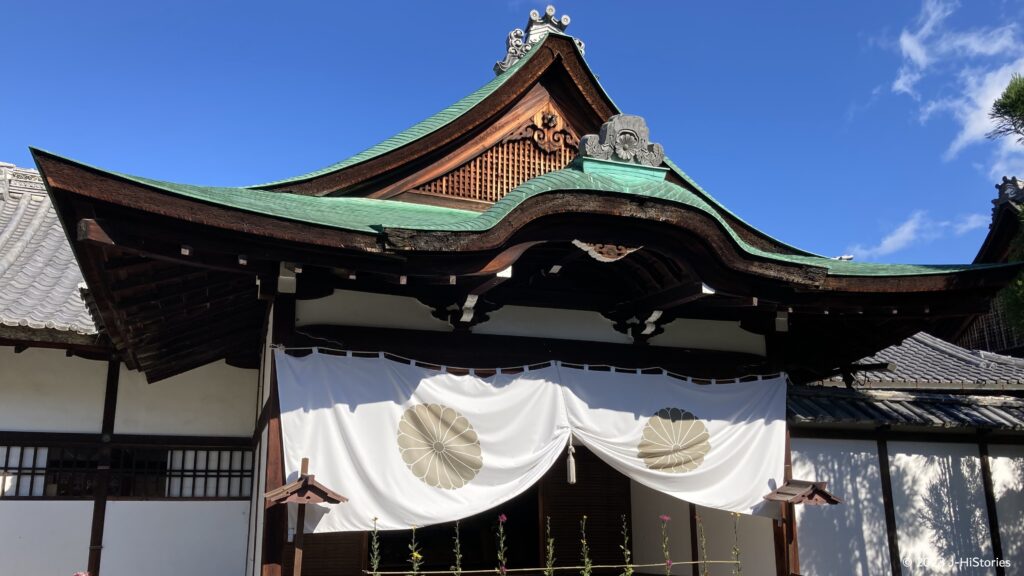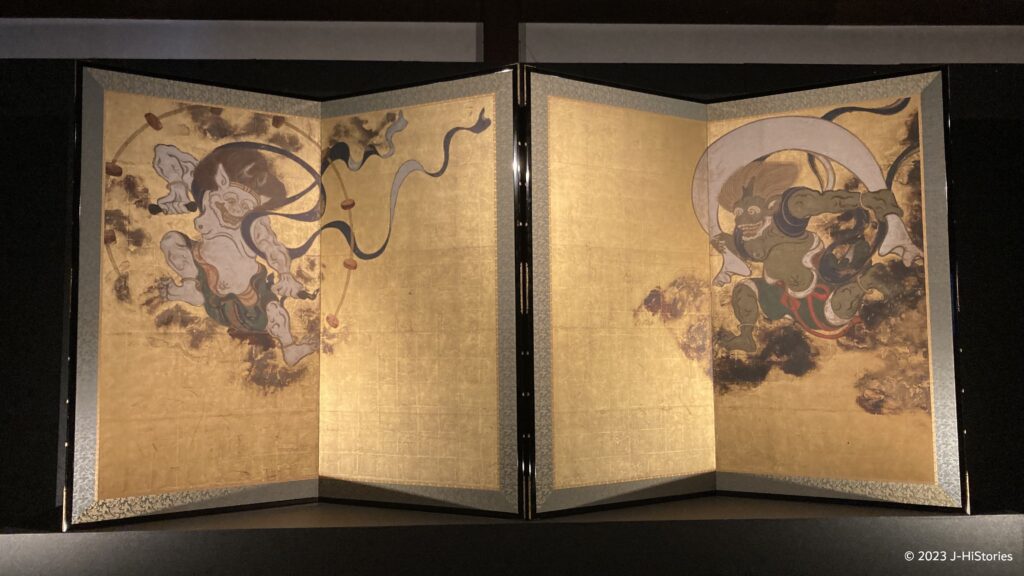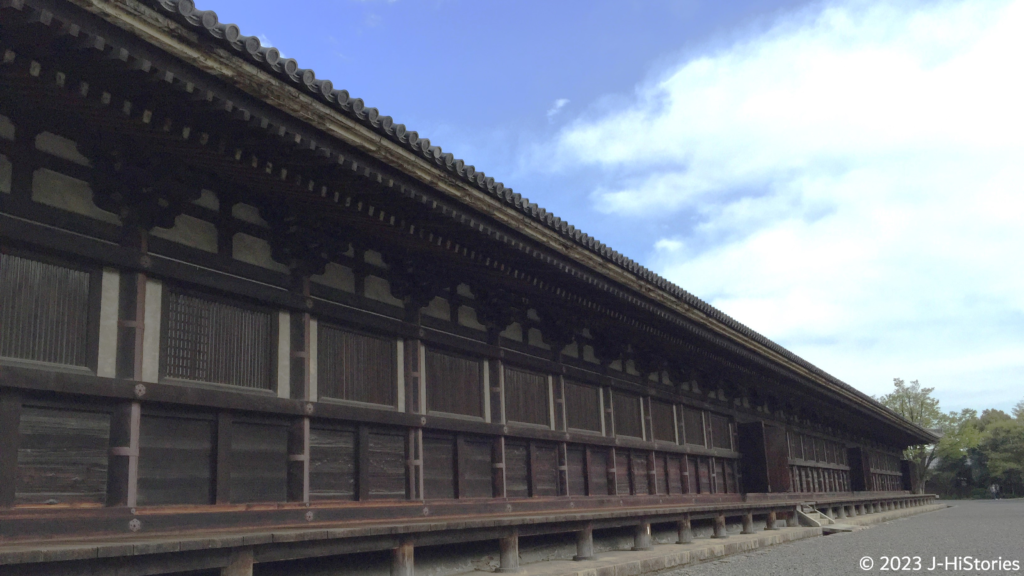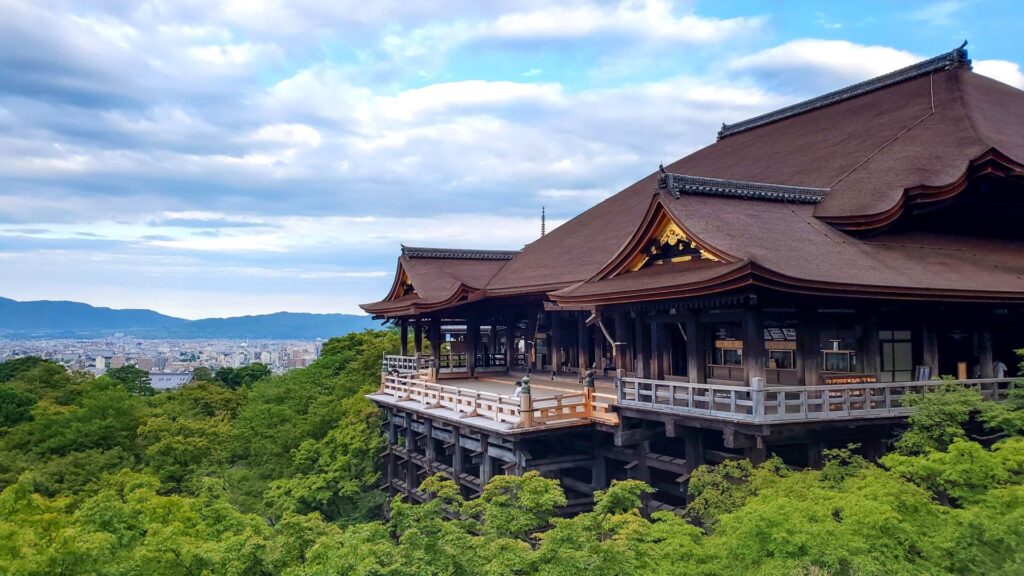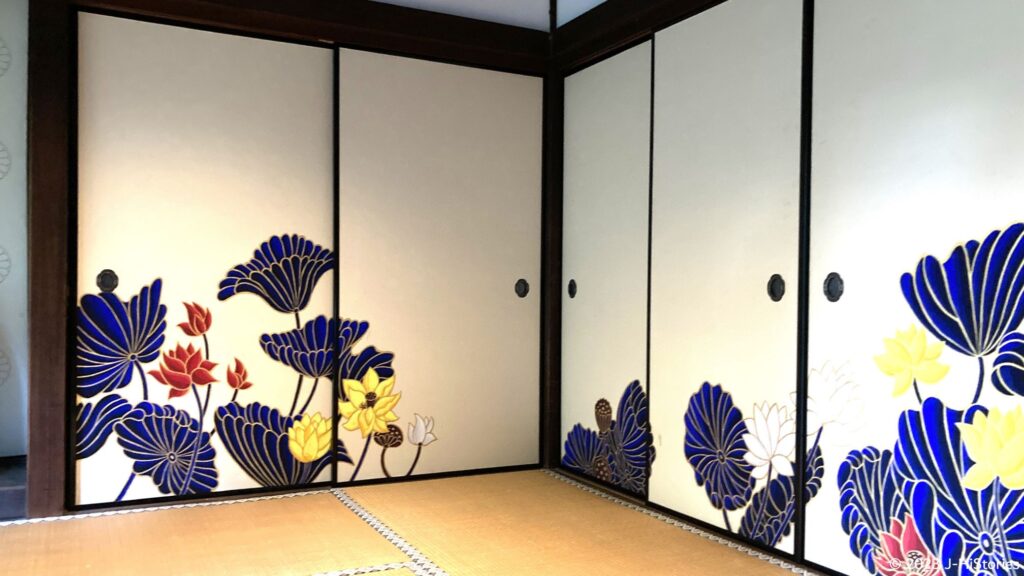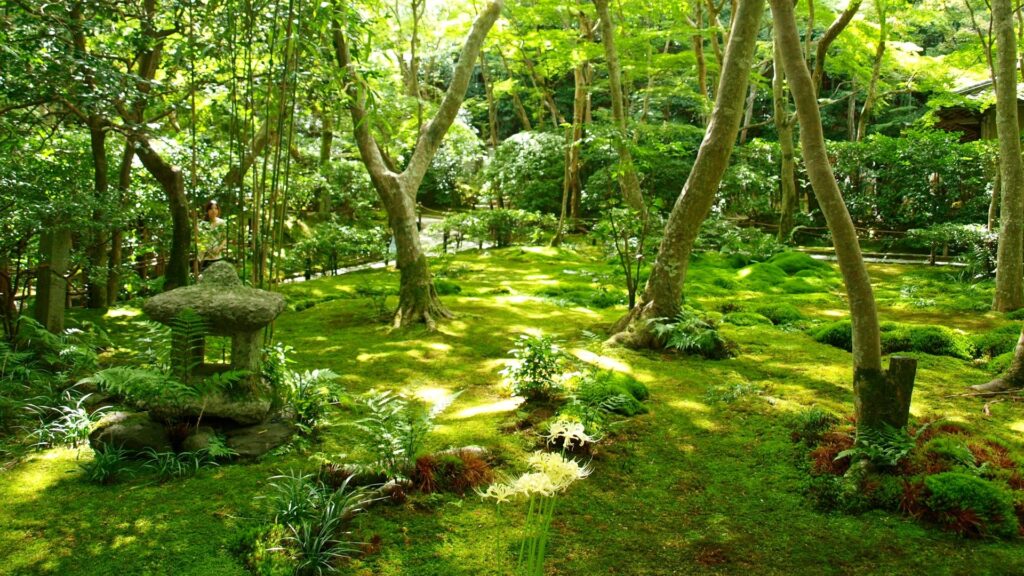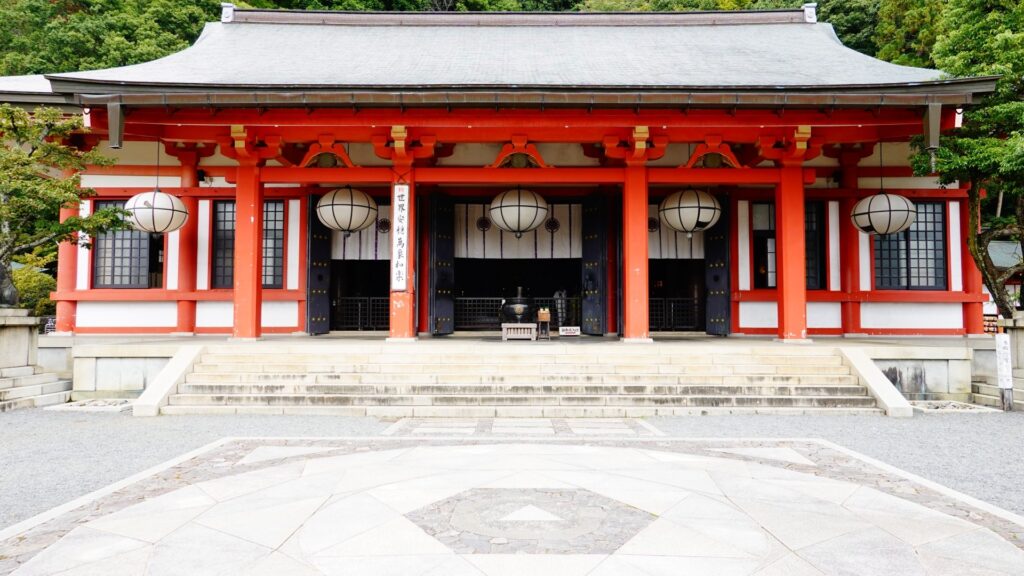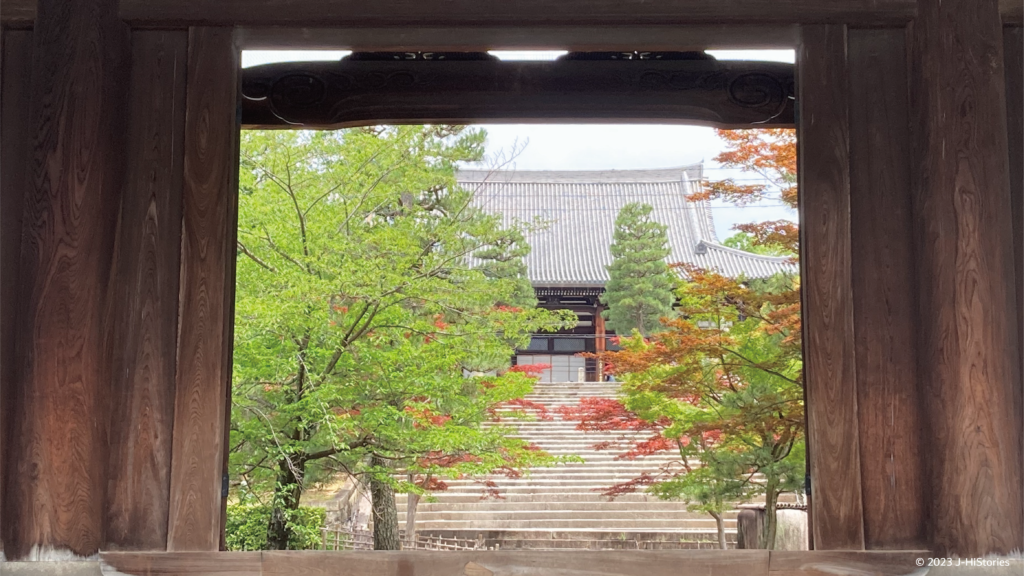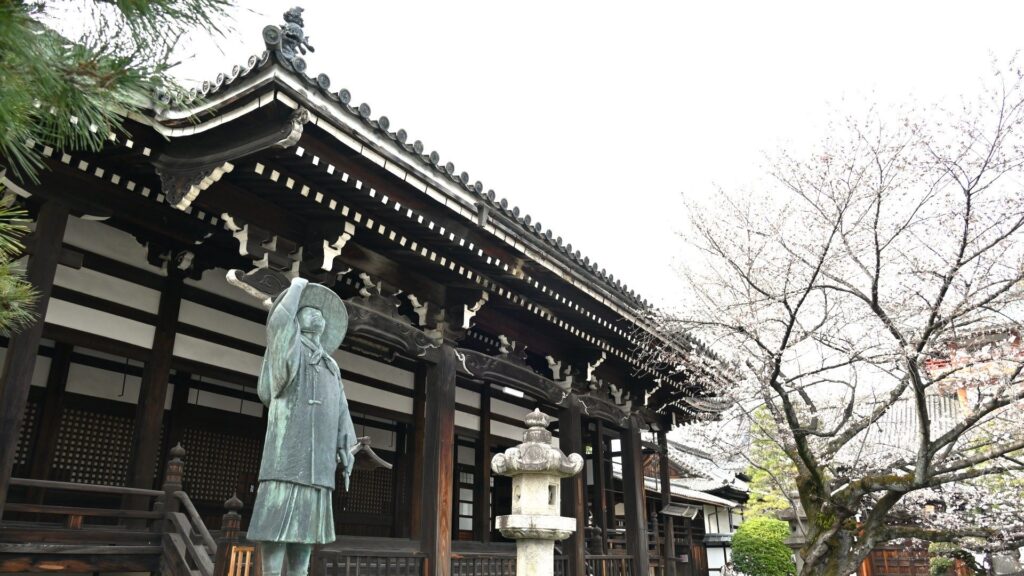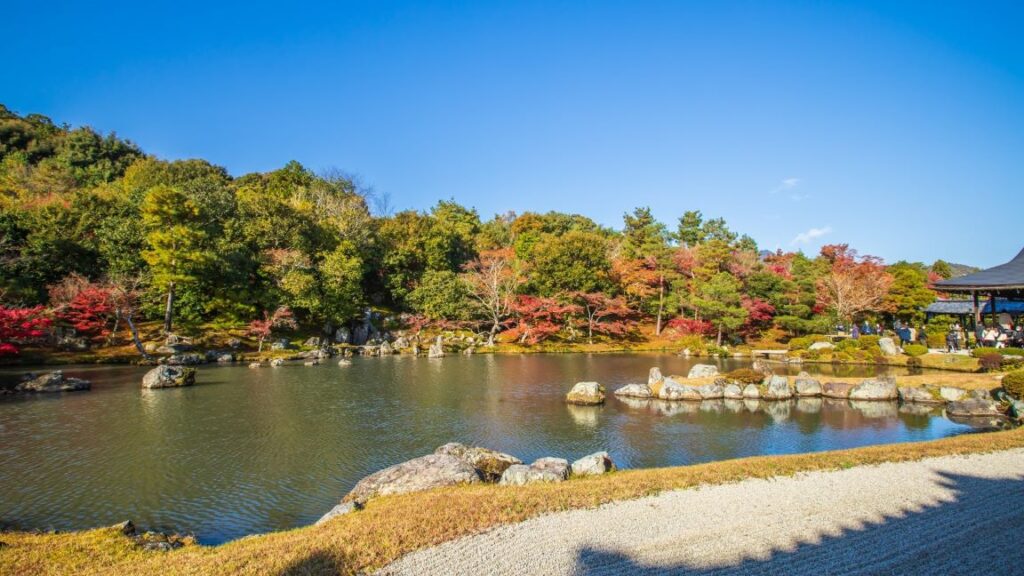The old capital for over 1,100 years
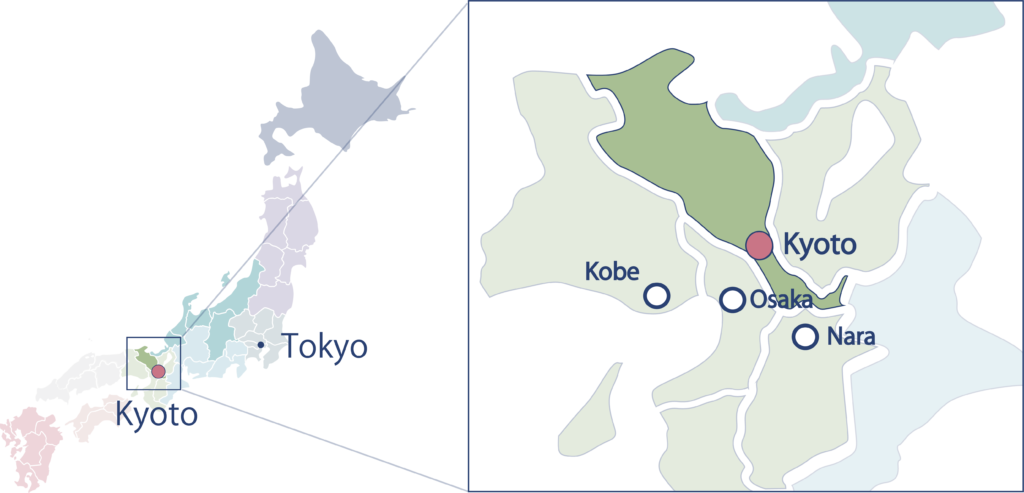
Emperor Kanmu relocated the palace from Nara to Kyoto in 794, and successive emperors resided in the Kyoto Imperial Palace. Kyoto was the old capital of Japan for over 1100 years, spanning from 794 to 1868. Many emperors, court nobles, samurai, Buddhists, and artists played pivotal roles in Japanese history and created many world-famous historic places.
Easy access to Kyoto on JR Tokaido Shinkansen (the bullet train) from Tokyo, Nagoya, Osaka, and other major cities. Or fly to Kansai International Airport, then transfer to the local train. From Nara and Osaka, frequent trains are available. >> More information

Imperial Palaces & Villas
Kyoto Imperial Palace
The successive emperors resided at the Kyoto Palace for over 1100 years. Uncover the emperor's history.
Shugakuin Imperial Villa
The Shugakuin, built by the retired emperor, Gomizunoo-in, is surrounded by a courtly atmosphere. Its beauty is beyond description.
Katsura Imperial Villa
Authentically beautiful architecture, a detached palace created by two aesthetic princes. The functional beauty of the stone path should not be overlooked.
Shrines
Kamigamo & Shimogamo Shrines
The Aoi Matsuri festival has been held since ancient times. The Miare festival is held to welcome a fresh deity.
Fushimi Inari Shrine
Why are there so many vermilion torii gates and Fox statues at Fushimi Inari Taisha Shrine? The Reigning Emperor Genmei's wish to bless the harvest
Matsunoo Taisha Shrine
Matsunoo Taisha enshrines the best Sake Brewery Shrine. The Hata Clan contributed to building the foundation of Japan, including Sake brewery, flood control, mining, textiles, etc.
Heian Jingu Shrine
Heian Jingu was built in 1895 for the 1100th anniversary of the capital relocation from Nara to Kyoto, enshrining the spirits of the first and last emperors who ruled the nation in Kyoto.
Iwashimizu Hachimangu
Many emperors, court nobles, and Samurai visited the Iwashimizu Hachimangu Shrine. They prayed to the Hachiman Deity for the protection of the nation or for their victories on the battlefield.
Temples
Kinkakuji (Golden Paviliion)
Kinkakuji Temple's three-story architecture represents, from the top down, Buddhism, Samurai, and Court Nobles. Shogun Ashikaga Yoshimitsu's power is well expressed.
Ginkakuji (Silver Pavilion)
Ginkakuji Temple was a Moon-Viewing Temple built by Shogun Ashikaga Yoshimasa. He failed his politics but was vital in establishing the Higashiyama "Wabi-Sabi" Culture.
Daikakuji Temple
Why does Daikakuji Temple exude such an indescribable elegance? It was initially a detached villa of Emperor Saga. His era continued the peace and bloomed the court culture.
Byodoin Temple
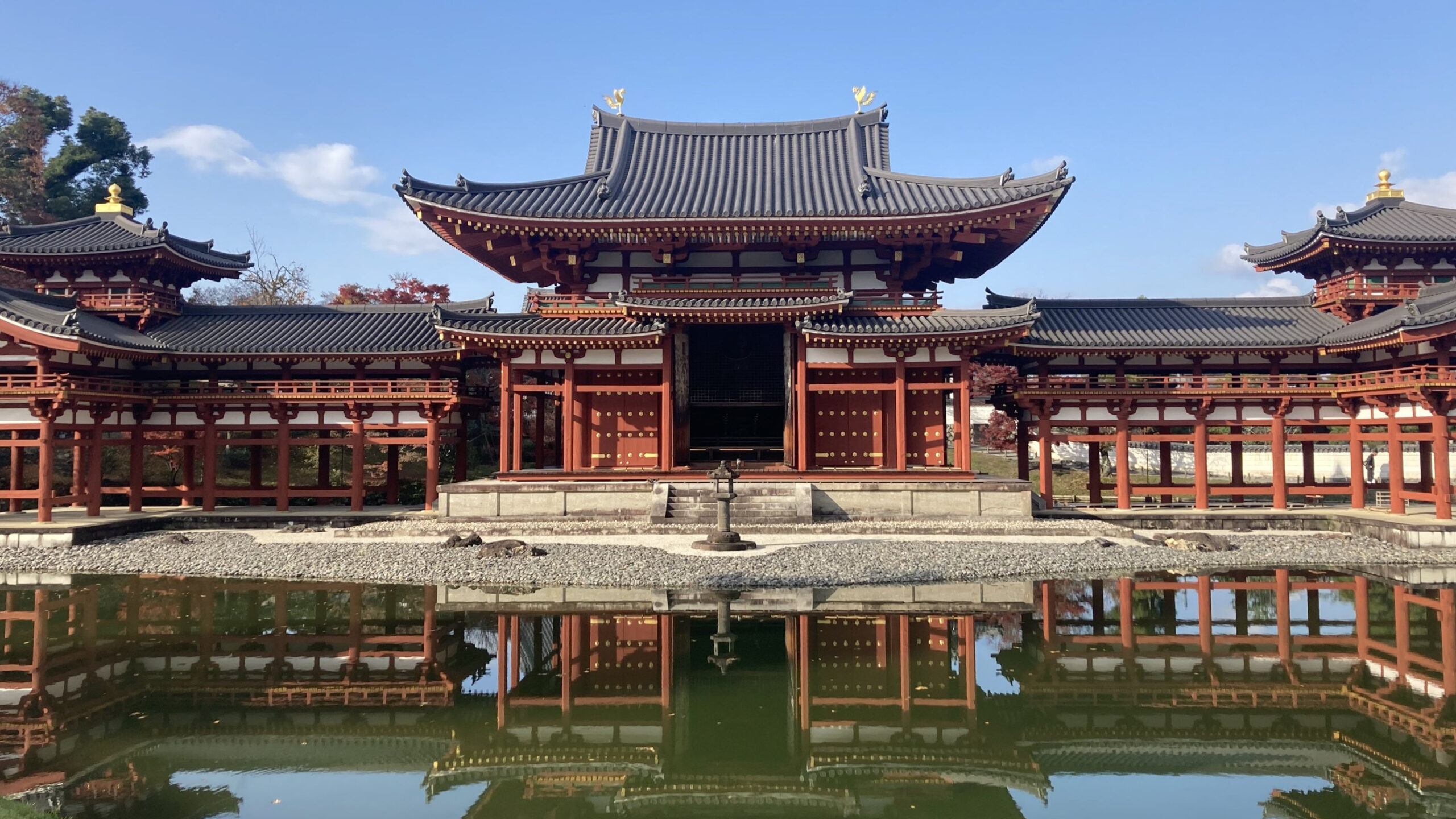
A supreme court noble, Fujiwara Yorimichi's dearest wish seemed to be realized at Phoenix Hall. What was his earnest wish?
Kenninji Temple
"Wind God and Thunder God Screens”, "Twin Dragon", "Choontei" garden, and more. Kenninji was the three sects of Tendai, Shingon Esoteric, and Zen Buddhism. Why three?
Sanjusangen-do Hall
The longest wooden structure has 33 spaced intervals between pillars. The 33 represents Kannon’s compassion, for which Emperor Go-Shirakawa prayed for peace and safety.
Kiyomizu-dera Temple
A court noble Shogun, Sakanoue-no-Tamuramaro, pacified the Tohoku region with the blessing of Kannon's divine power of Kiyomizu-dera Temple.
Shorenin Temple
Camphor trees in front of the gate invite you to enter the temple. All buildings and gardens have an imperial atmosphere. It sheltered revolutionary Honen and Shinran Buddhists, who built the largest Jodo sect.
Saihoji (Moss Temple)
This enchanting temple boasts a 5,000 square meter garden adorned with approximately 120 distinct varieties of moss, creating an exquisite tapestry that resembles a lush green carpet.
Daigoji Temple
After enjoying the cherry blossom viewing party at Daigoji, Hideyoshi constructed a sophisticated garden for Emperor Goyozei for his visit.
Kuramadera Temple
Kuramadera Temple is renowned for its vortexes. Legendary Minamoto Yoshitsune, God of War, practiced asceticism here. He later won the series of the Battle of the Genpei War.
Konkai Komyoji
The sunset view offers a beautiful vermilion spectacle. It's similar to the strongest swordsmen, Shinsengumi's martyrs for the declining Tokugawa Shogunate.
Honpoji Temple
Hon’ami Kōetsu, a follower of the Hokke school of Buddhism and a superior artist, created its garden as its big patron.
Chioin Temple
Chion-in is the head temple of the Jodo Sect, founded by Honen. The Sanmon is the largest wooden gate in Japan, located in Kyoto.
Myokakuji Temple
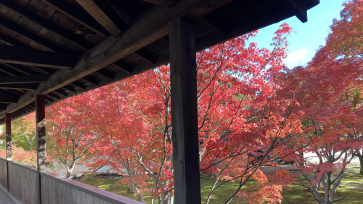
Nobunaga's Innovative Venue for Tea Ceremonies. Two Innovators, Nobunaga and Rikyu, were in Resonance here.
Tenryuji Temple
Located in Arashiyama, Shogun Ashikaga Takauji built Tenryuji Temple to mourn Emperor Go-Daigo. The Sogen pond garden and a Painted Dragon are spectacular.
Castles
Nijo-jo Castle
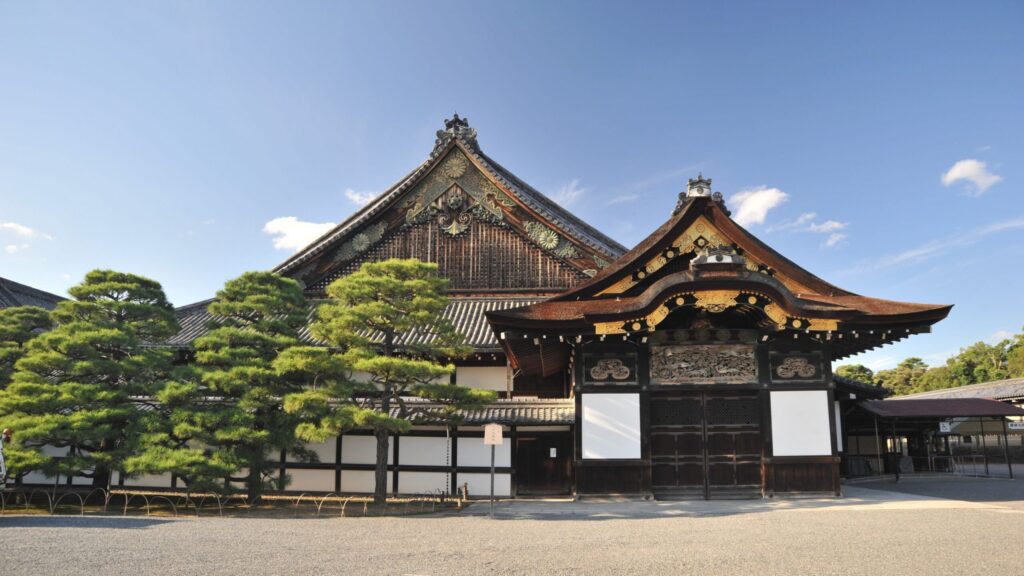
A residence of successive Tokugawa Shoguns in Kyoto. What kind of Tokugawa history did the castle watch? It was the growth, development, fall, and end of the Tokugawa Shogunate.

